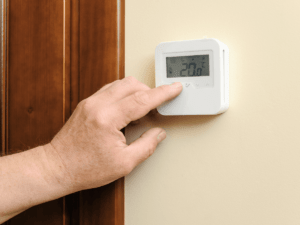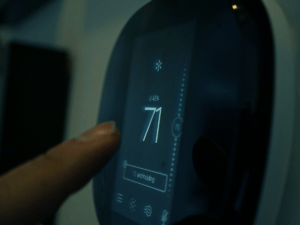Are you suffering from the persistent pain of tackling a waterlogged Hisense portable air conditioner? Don’t worry, for relief is within your grasp. In this article, we will delve into the steps on how to drain a Hisense portable air conditioner.
This blog provides you with the solutions to all of your draining problems, equipped with step by step guidelines to drain the Hisense portable air conditioner to overcome challenges with precision.
Picture your case: You have invested in a Hisense portable air conditioner, enjoying a comfortable cool breeze amidst the sweltering heat.
Unfortunately, when the temperature drops, the water level rises and leaves you uncertain. If you do not have an idea about how to drain that sea of water from your air conditioner, this blog is meant for you.
You are going to be acquired with the knowledge of draining the water. You will become an expert for draining the Hisense portable air conditioner while reading this blog as it provides a comprehensive solution tailored for you.
Watery chains will not keep you frustrated anymore with the help of step by step guidelines.
Steps on How to Drain Hisense Portable Air Conditioner?
Let’s decode the secret of draining water from a Hisense portable air conditioner with the help of step by step guidelines.
Step 1:
Turn off the switch to drain water without any difficulty and issue. On/Off switch is present on the top of most of the portable air conditioners.
You can also turn it off from the main panel. After turning off the switch, unplug the unit to avoid any electrocutions. Locate the plug end that attaches with the switch board in the wall, remove it and place it aside.
Step 2:
Locate the drip tray that collects the water from the air conditioner. It can be either on the side or at the bottom, if you have a window unit. Bring it out and put it at a place where no puddle is formed around it.
Step 3:
Prepare some vinegar in water and pour it into a drip tray. The amount varies depending on the capacity of water in the tray.
Step 4:
Let the Hisense air conditioner dry for about 2 to 3 hours. If possible, dry it overnight. The vinegar will help in breaking down the clogged water in the drain tray.
Avoid any other type of detergent or cleanser because vinegar can quickly unclog the water and let it drain easily.
Step 5:
Decent the vinegar from the tray once the time is completed. Tilt the tray sideways or down so that all the water comes out and it can be disposed of.
If no water comes out, it means it is all dried up from the inside of the tray. Clean the tray and remove all the deposits. Add water in the tray and rinse it for some time and let the water come out.
Let the tray dry and make sure there is no smell of vinegar in the tray and no residue should be left.
Step 6:
Once the water is drained, put all the things back and plug in the unit. Turn the air conditioner on and enjoy the cooling.
How Often Should You Drain the Hisense Portable Air Conditioner?
When the temperature rises, there is too much moisture inside the air conditioner. Water should be drained early when there is too much moisture.
This happens when the humidity level is high. If you find any mold or bacteria inside the water tray, it is the time to drain the water from the air conditioner.
It will help in preventing unpleasant odor and keeps the functioning of the system balanced, effective and long run.
You can also prolong the lifespan of the air conditioner, if you drain the water before it reaches the high level.
The draining water from the air conditioner depends on the models and size of the air conditioner. It can be present on an upright or window/wall.
Conclusion
Hopefully, now you can say goodbye to the fear of leaking water damaging your floor. This blog is an alloy in your quest of searching how to drain water from a Hisense portable air conditioner.
This blog, hopefully, proves to be a treasure trove of wisdom for you by addressing the minute details of draining water from the air conditioner and how to avoid the leaks and effectively increasing the cooling power.
Bid farewell to the damp frustration, prepare to reclaim your power and enjoy dry heaven.







